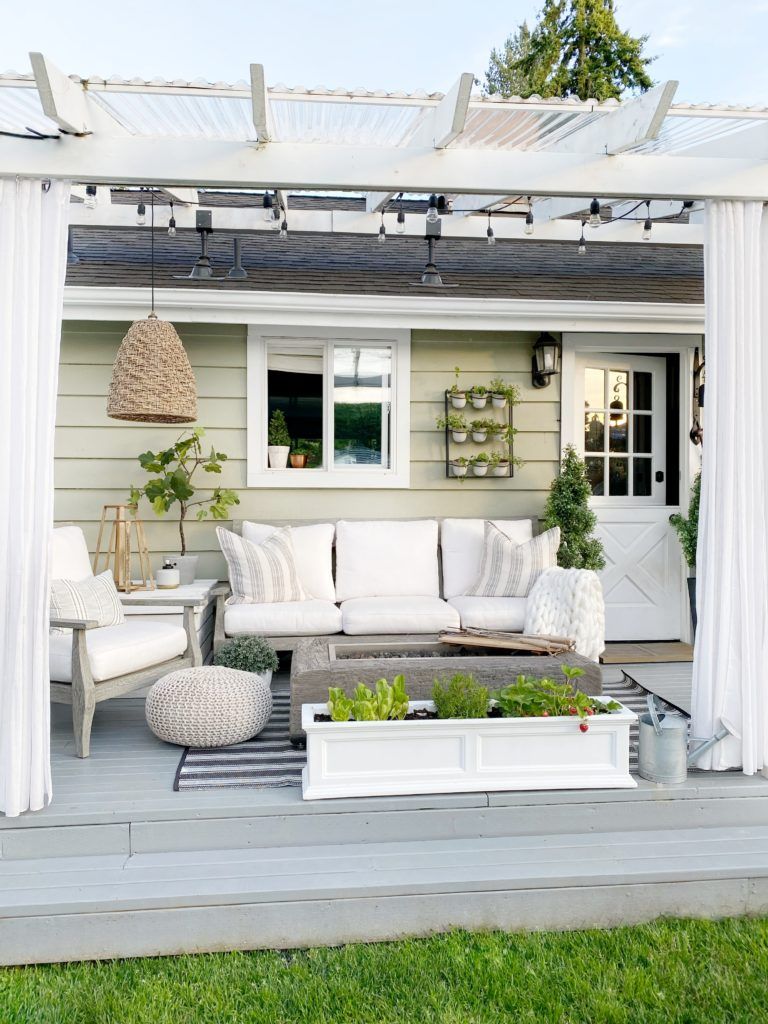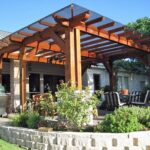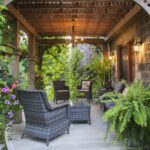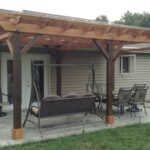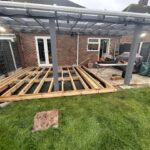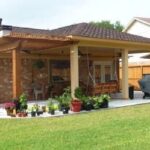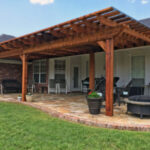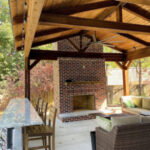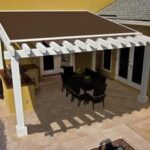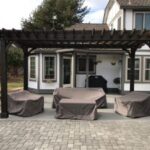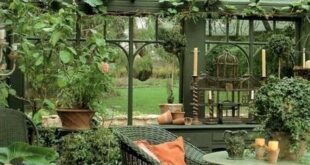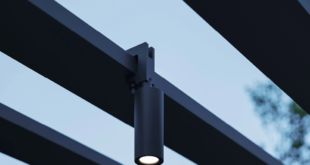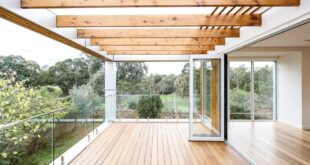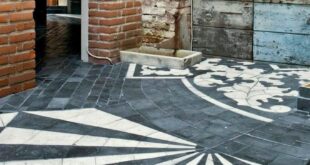If you’re looking to enhance your outdoor living space, a covered pergola is a fantastic addition that can provide shade, shelter, and a touch of elegance to your backyard. Whether you want a cozy spot for lounging in the shade, a place to host outdoor gatherings, or a stylish setting for alfresco dining, a covered pergola can help you create the outdoor oasis of your dreams.
Designing a covered pergola that suits your space and style can seem like a daunting task, but with the right guidance, it can be a fun and rewarding project. To help you get started, we’ve put together this ultimate guide to designing a covered pergola for your outdoor space.
1. Determine the Purpose of Your Pergola:
Before you start designing your covered pergola, it’s important to consider how you plan to use the space. Are you looking to create an outdoor dining area, a cozy reading nook, or a place to relax and unwind? Knowing the purpose of your pergola will help you determine the size, layout, and features that will best suit your needs.
2. Choose the Right Location:
The location of your pergola can have a big impact on its usability and aesthetics. Consider factors such as sun exposure, views, proximity to your home, and the layout of your outdoor space when deciding where to place your pergola. You’ll also need to check local building codes and regulations to ensure that you can build a pergola in your chosen location.
3. Select the Size and Shape:
Once you’ve determined the purpose and location of your pergola, it’s time to decide on the size and shape. The size of your pergola will depend on the available space in your backyard and how you plan to use the area. Consider factors such as the number of people you want to accommodate, the furniture and accessories you’ll be using, and any other features you want to include, such as a fireplace or outdoor kitchen.
4. Choose the Materials:
When it comes to building a covered pergola, there are many material options to choose from, including wood, metal, vinyl, and composite materials. Each material has its own pros and cons in terms of durability, maintenance, and aesthetics, so be sure to consider your budget and maintenance preferences when selecting the right material for your pergola.
5. Consider the Roof:
The roof of your covered pergola will not only provide shade and protection from the elements but also add to the overall aesthetic appeal of the structure. Popular roof options for covered pergolas include fabric canopies, wooden slats, metal panels, and glass. Consider factors such as durability, maintenance, and aesthetics when choosing the right roof for your pergola.
6. Add Design Details:
To personalize your covered pergola and make it truly your own, consider adding design details such as decorative columns, lattice walls, climbing plants, built-in seating, or lighting fixtures. These finishing touches can help enhance the look and functionality of your pergola and create a space that reflects your style and personality.
7. Plan for Accessories:
Once your covered pergola is built, you can enhance its functionality and comfort by adding accessories such as outdoor furniture, cushions, rugs, curtains, and outdoor heaters. These accessories can help you create a cozy and inviting outdoor space that you can enjoy year-round.
Designing a covered pergola for your outdoor space can be a fun and creative project that will enhance the beauty and functionality of your backyard. By following these tips and guidelines, you can create a covered pergola that meets your needs, suits your style, and transforms your outdoor space into a paradise for relaxation and enjoyment.
